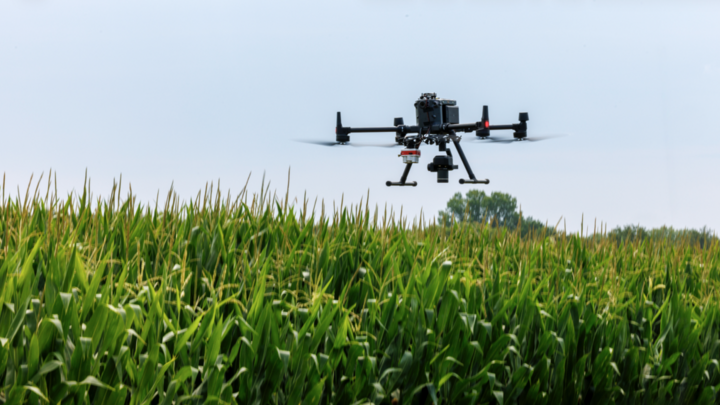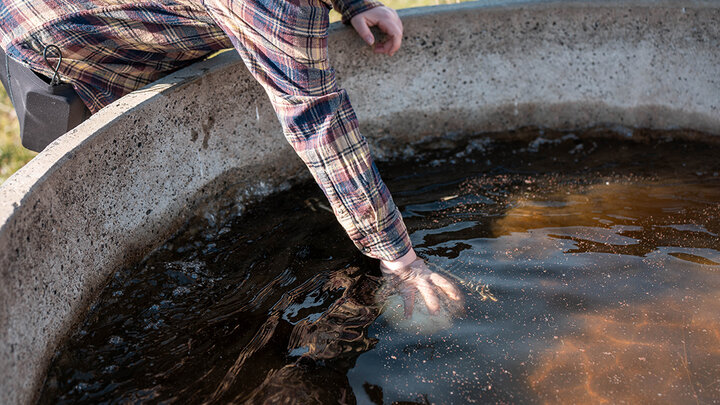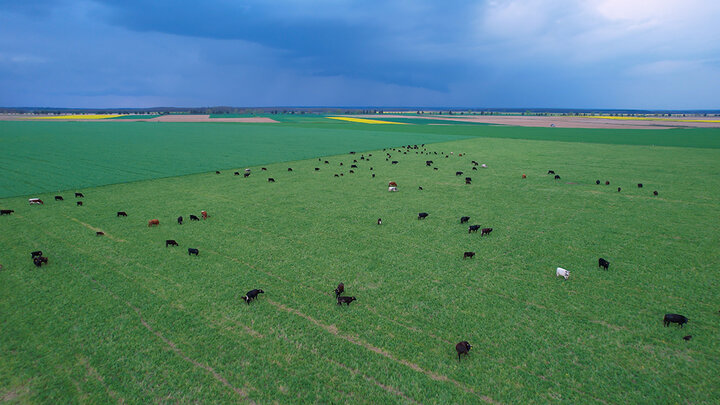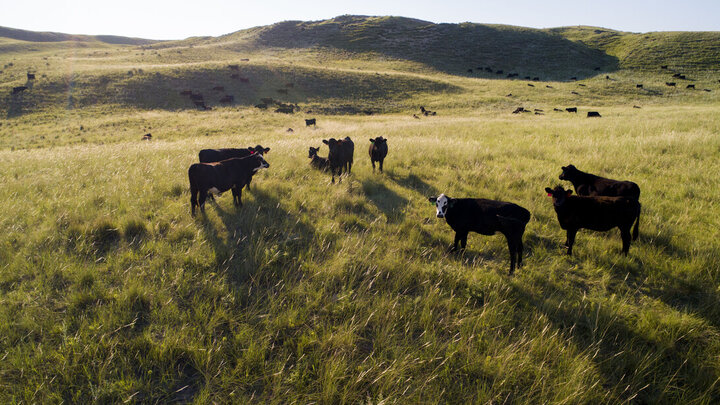
Early Season Must-Do's
By Robert Klein, Extension Western Nebraska Crops Specialist
A number of factors should be considered when evaluating early season crop damage:
- Planting date and depth.
- Conditions at planting, including soil condition, seed furrow closure, compaction, and planting practice (conventional-till, no-till, strip-till).
- Soil temperature at planting and residue cover.
- Rainfall and irrigation after planting and spraying which would activate herbicides and enable germination.
- High and low temperatures compared to normal.
- Growing degree days and crop growth stage.
- Plant populations and stand uniformity. Good stands will be more competitive and aid weed management.
- Insects and diseases. Scout fields for damage and know seed traits and crop rotations and potential effect on developing problems.
- Weed control and possible herbicide injury.
- Planting issues from shallow planting and /or seed furrow closure.
- Take photos at least once a week in hail-damaged area of the field. If differences develop between damaged and non-damaged areas, document differences in photos and notes indicating location, date of photo, and date of event.
- If not done earlier, apply extra nitrogen to small areas, where need has been identified, such as with a chlorophyll meter. Remember, if the nitrogen is applied to the surface, rainfall or irrigation will be needed to get the nitrogen to the plant roots and there needs to be sufficient time remaining in the season for the nitrogen to be taken up and used by the plant.
In-Season Must-Do's >

MEET THE TEAM

This project was funded by a USDA National Institute of Food & Agriculture Smith-Lever Special Needs Grant with matching funds from the University of Nebraska–Lincoln.







